
The Clifton Suspension Bridge is a suspension bridge spanning the Avon Gorge and the River Avon, linking Clifton in Bristol to Leigh Woods in North Somerset. Since opening in 1864, it has been a toll bridge, the income from which provides funds for its maintenance. The bridge is built to a design by William Henry Barlow and John Hawkshaw, based on an earlier design by Isambard Kingdom Brunel. It is a Grade I listed building and forms part of the B3129 road.

The University of the West of England is a public research university, located in and around Bristol, England, UK. With more than 39,912 students and 4,300 staff, it is the largest provider of higher education in the South West of England.
Charles Bathurst PC, known as Charles Bragge from 1754 to 1804, was a British politician of the early 19th century.

Clifton Down is an area of public open space in Bristol, England, north of the village of Clifton. With its neighbour Durdham Down to the northeast, it constitutes the large area known as The Downs, much used for leisure including walking and team sports. Clifton Down is the part of the Downs south of Stoke Road.

Durdham Down is an area of public open space in Bristol, England. With its neighbour Clifton Down to the southwest, it constitutes a 400-acre (1.6 km2) area known as The Downs, much used for leisure including walking, jogging and team sports. Its exposed position makes it particularly suitable for kite flying. Durdham Down is the part of the Downs north of Stoke Road.

The Downs are an area of public open limestone downland in Bristol, England. They consist of Durdham Down to the north and east and Clifton Down to the south, separated by Stoke Road.
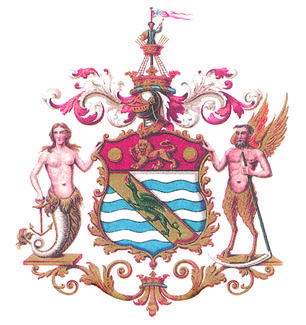
The Society of Merchant Venturers is a charitable organisation in the English city of Bristol. The society can be traced back to a 13th-century guild which went on to fund the 15th-century voyage of John Cabot to Canada. In 1552, it gained a monopoly on sea trading from Bristol from its first royal charter. For centuries it had almost been synonymous with the government of Bristol, especially Bristol Harbour. In recent times, the society's activities have centred on charitable agendas.

Edward Colston was an English merchant, slave trader, philanthropist, and Tory Member of Parliament.

The English city of Bristol has a number of parks and public open spaces.

Bristol Beacon, previously Colston Hall, is a concert hall and Grade II listed building on Colston Street, Bristol, England. It is owned by Bristol City Council. Since 2011, it has been managed by Bristol Music Trust.

The Victoria Rooms, also known as the Vic Rooms, houses the University of Bristol's music department in Clifton, Bristol, England, on a prominent site at the junction of Queens Road and Whiteladies Road. The building, originally assembly rooms, was designed by Charles Dyer and was constructed between 1838 and 1842 in Greek revival style, and named in honour of Queen Victoria, who had acceded to the throne in the previous year. An eight column Corinthian portico surmounts the entrance, with a classical relief sculpture designed by Musgrave Watson above. The construction is of dressed stonework, with a slate roof. A bronze statue of Edward VII, was erected in 1912 at the front of the Victoria Rooms, together with a curved pool and several fountains with sculptures in the Art Nouveau style.
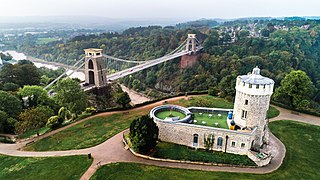
Clifton Observatory is a former mill, now used as an observatory, located on Clifton Down, close to the Clifton Suspension Bridge, Bristol, England.
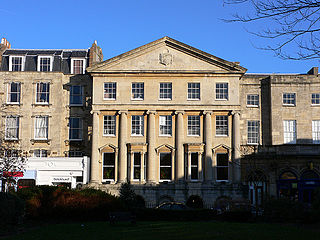
The Clifton Club is a traditional private members club in Bristol, England, founded in 1818 as a meeting place for the gentlemen of the prosperous port of Bristol.
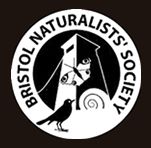
The Bristol Naturalists' Society is an organisation whose objectives include the promotion of the study of natural history, particularly that of the Bristol area, and the conservation of the fauna, flora, and geological sites of Britain. It was founded in 1862 and celebrated its 150th anniversary in 2012.
The following is a timeline of the history of the city of Bristol, England.

The statue of Edward Colston is a bronze statue of Bristol-born merchant and trans-Atlantic slave trader Edward Colston (1636–1721). It was created in 1895 by the Irish sculptor John Cassidy and was formerly situated on a plinth of Portland stone in a public space known as The Centre in Bristol, until it was toppled by anti-racism protestors in 2020.
William Swymmer was an English merchant and slave trader. In 1667, he became a member of the Society of Merchant Venturers. He was an alderman in Bristol, and then Sheriff in 1679. Swymmer may have inherited a share in a sugar plantation in Barbados from his father. His brother Anthony Swymmer and his wife Elizabeth Swymmer were also involved in the slave trade. Records survive of the1684 correspondence from William Swymmer and William Hayman, to William Helyar, the Somerset owner of a Jamaica plantation, explaining why they were unable to provide the ten slaves they had contracted to supply. The deal was illegal, as the Royal African Company had a monopoly on the British slave trade at this point.
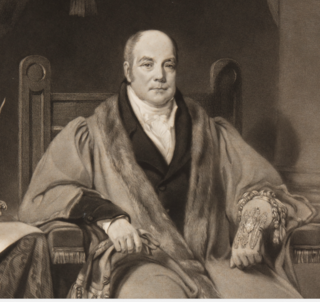
Thomas Daniel was a shipping magnate, financier and sugar merchant in Bristol and London. His omnipotence was such that he was known as the "King of Bristol" and in later life "The Father of Bristol" because of his power in corporate and political affairs for over 50 years.

The Mansion House is a municipal building on Clifton Down, Bristol, England. It is the official residence of the Lord Mayor of Bristol.


















